How to prepare your guitar gear for 5 different kinds of live show
Get your rig ready for action and prep for live performances with TG’s how to guide
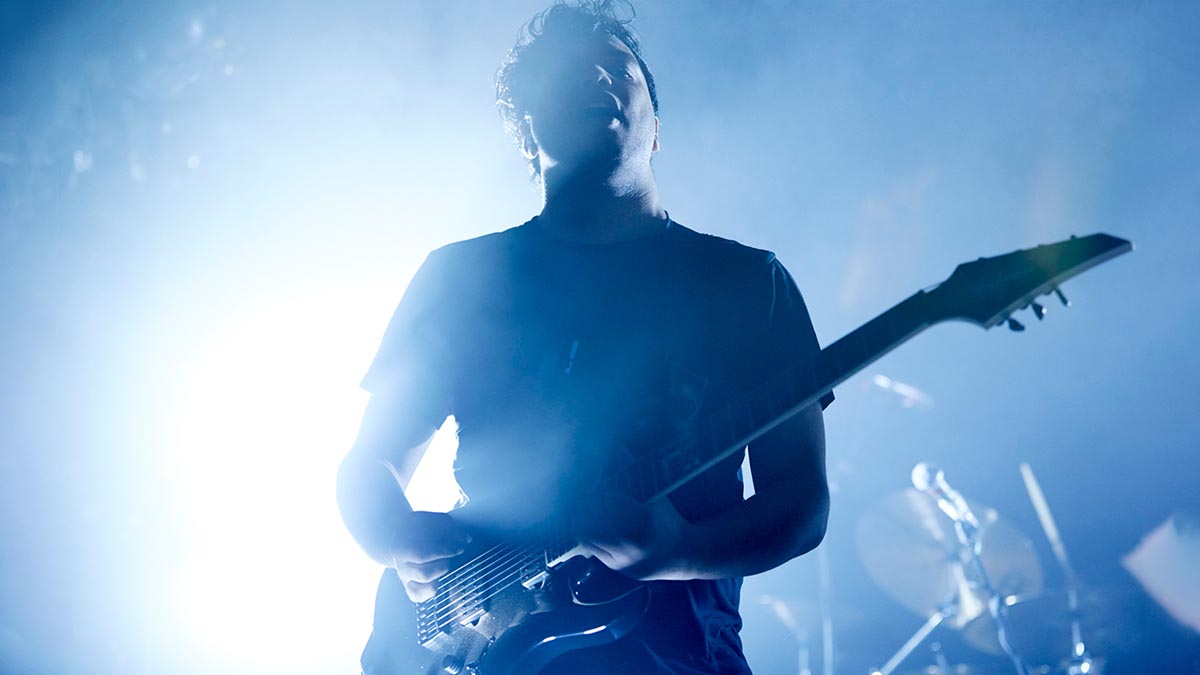
If your next gig is your first in a while (and let’s face it, if you’re reading this in 2021, it probably is!), there’s a good chance your rig is going to need a little attention. Perhaps you’re one of the many new musicians who took up guitar playing during the pandemic, and you’re planning your first gig soon.
Whatever your own situation, getting your gear ready for action and preparing to go live is a key part of the process. Here, we take a look at the practical considerations for five different kinds of live gig and run you through what you need to know.
1. Your first gig
Taking the first steps into live performance? Make it so your main focus is playing!
Prepare, prepare, prepare!
Forewarned is forearmed, as they say, and if this is your first time getting up and playing in front of people, you don’t want to be sweating about the small stuff. But you should probably consider it ahead of time! Take some time a week or two before your gig to think about all the gear you’re going to need to perform. At the bare minimum, that’s going to be your guitar, an amp and a tuner.
Set up and run through your set, writing a check list of everything you need as you go. Treat your dry run like the gig where you won’t be able to borrow anything or reach into your drawer to grab it. Go through it with a fine tooth comb and consider everything you need to perform your songs.
That’s plectrums, a strap, guitar cables that work, batteries or pedalboard power supplies, cases to hold it all together and an extension cable with enough sockets to plug everything in. This way when you come to pack for the real thing, you’ll have everything you need.
All the latest guitar news, interviews, lessons, reviews, deals and more, direct to your inbox!
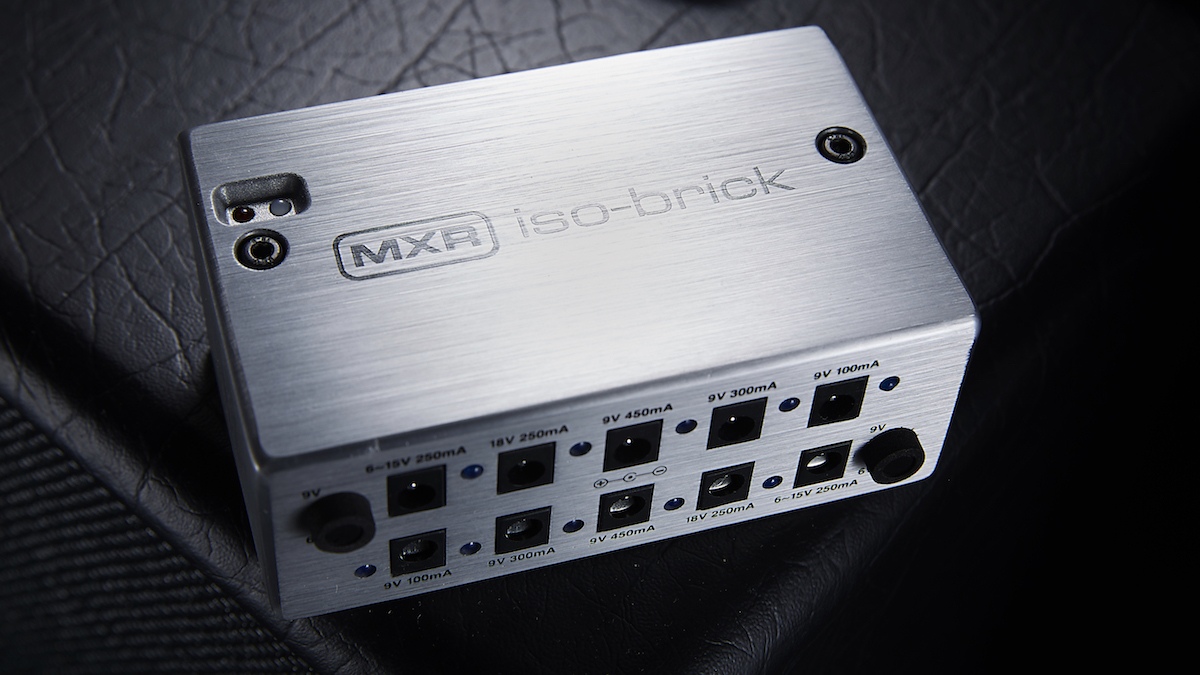
Check your guitar
Chances are that during your practice, you’ll have noticed any issues with your gear. Twitchy jack sockets, scratchy pots, strange buzzes or anything else that shouldn’t be there will only be amplified when you’re playing at gig level. If you can fix your guitar yourself then do it; if not, get it booked in with a decent guitar repairer. This goes for your main guitar and any others you might need to switch to throughout your set, even if they’re backups, which brings us to...
Spares
Things can and – at some point – will go wrong at a gig. Patch cables seemingly get stage-fright and strings decide to show you up by choosing the exact moment you take a solo to give up the ghost. You can combat this with rigorous checking beforehand, but you also need to be ready for when your rig decides to go dead on you.
That means spares. A spare guitar (if possible), tuned and ready to go is an excellent solution, but you should also pack some extra cables, strings, batteries, plectrums... If it’s easily lost, broken or has a limited lifespan, double-up!
2. Outdoor busking

Street performances require some extra considerations. Here’s how to get the best from busking...
Permission to band
Busking is a great way to gain some live experience, and possibly make some money while doing so! But, before you pack up your gear and park yourself in the nearest performance hotspot, you first need to make sure you have permission.
Individual councils have their own rules on street performances, and the last thing you want is to get moved on mid-set, or even worse, blacklisted. So, check out your local council’s website and see what the rules are first.
Take the power pack
Your main gear considerations with busking are going to be powering your rig while keeping things portable. This will most likely mean streamlining your setup where possible, and thankfully there are plenty of amps out there designed to do exactly that.
Check out combos such as the Roland Cube Street series, Blackstar Super Fly, Fender Acoustic Junior Go and many others for battery-powered combos that feature enough channels for your guitar, a mic and a connection for your phone for backing tracks.
As well as this, they’ll often include on-board effects and even loopers that are usually footswitchable, and could save you needing to bring quite as many separate items and power supplies. Invest in some decent rechargeable batteries, and always have some spares ready.
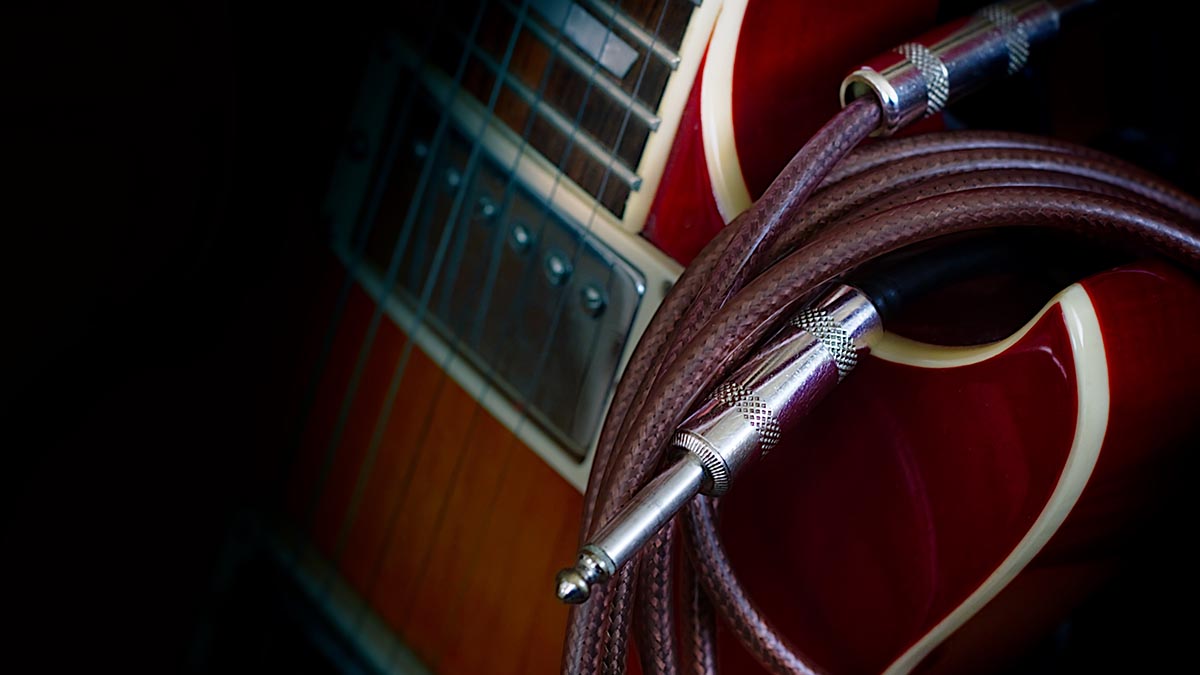
Stable cables
Wireless options are great when you’re tethered to the grid, but out in the wild, you’re looking to conserve any power you can. So, while using wireless systems may seem like a good way of reducing your setup time and number of items you need to carry, switching on bluetooth for connecting your backing tracks, or even using a wireless system for your guitar or mic will eat up battery power and increase your chances of treating the crowd to the sound of silence.
Mic check
If you’re singing, you’ll be requiring a mic. Now, we understand that this is a street performance in a busy town centre being pumped through a small amp, but all that means is that you need to maximise the clarity of your gear. Get a decent gig-quality dynamic mic such as the Shure SM58, Audix i5, sE Electronics V7 (there are many options!) and you’ll be sure that you’re giving yourself the best chance of being heard.
A tight hyper or supercardioid pickup pattern will help reject unwanted noise in the mic and will also help reduce feedback. Don’t forget to kill the effects on your vocal mic if you intend to talk to the crowd between songs.
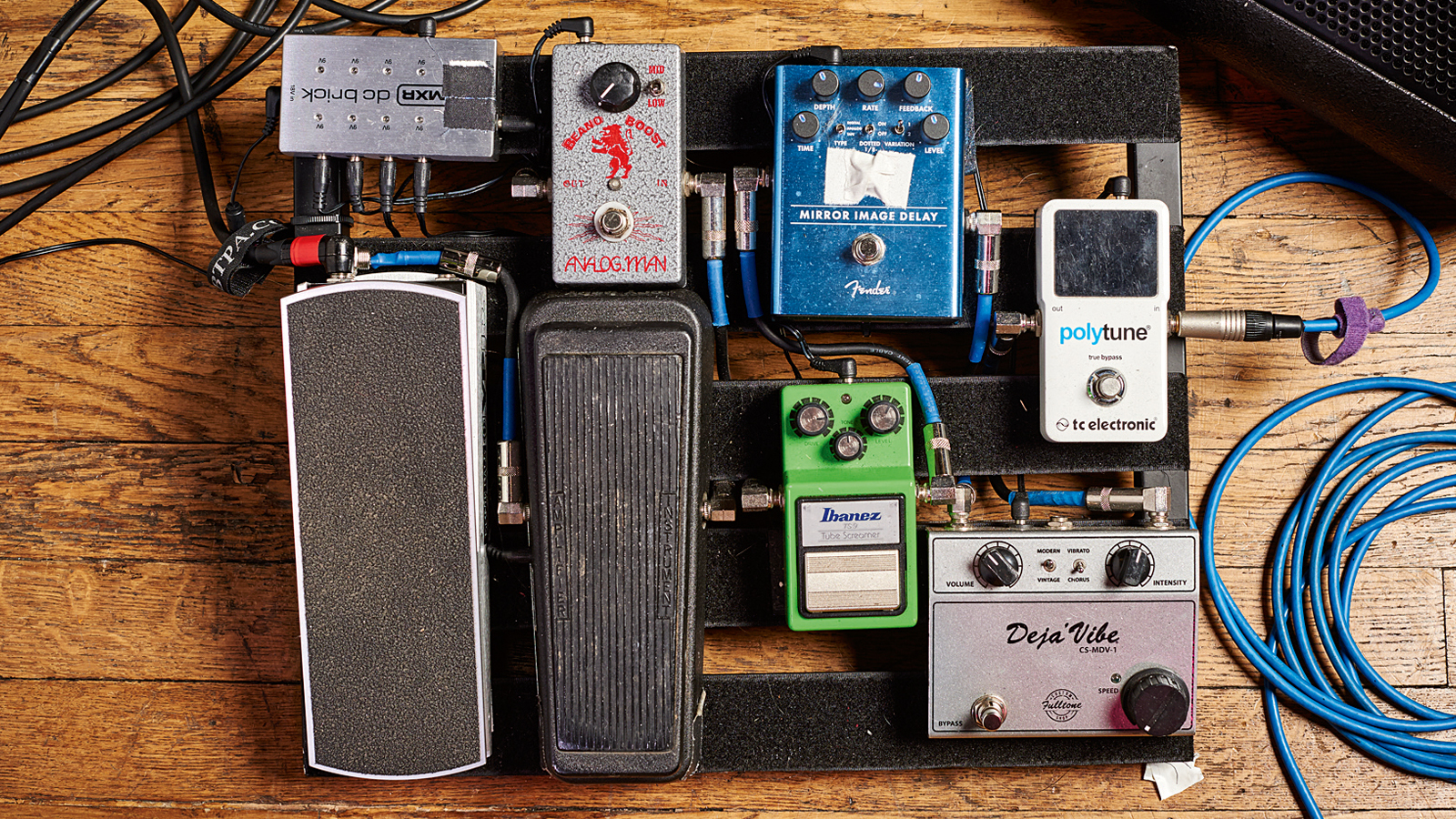
Go mobile!
Chances are you’ll be arriving to your performance stuff – at least partially – on foot. Get your guitar in a gig bag, invest in a cover for your amp if you’re worried about it getting bashed-up, put your pedals on a pedalboard, and invest in a storage box for anything else you need to bring. A sack truck (a basic DIY-style trolley should be fine, but there many music-specific versions available too) combined with some bungee ties will enable you to move all your gear safely, and in one.
3. Open-mic night dos and don'ts
Open mics remove a lot of the pressures of a full gig and give you an excellent opportunity to get some live miles under your belt. For a start, they usually take a slightly more relaxed approach, and there’s the benefit of only needing minimal gear in order to perform.
DO: Arrive early
This should go without saying. Find out as much info as you can about the open mic before the day – the person running it, what time you need to be there to register (if needed), what gear is provided, how long your slot will be.
Make yourself known to whoever is running the event, be polite and reasonable about the slot you’re given. Chances are the same person will compere the event and possibly be in control of the sound too, so now’s a good time to let them know if there are any special requirements for your set.
DO: Get involved
Open mics only thrive when there are people there to watch, and that means not only bringing a few people yourself, but watching the other acts, too. In general you’ll find open mic nights to be positive, supportive environments with a whole range of different experience and ability levels.
Put your phone on silent, keep noise to a minimum while other performers are playing, enjoy the music, engage with the other performers personally, and don’t forget to clap! Do all of that, and you’ll find that you receive the same support back when it’s your turn.
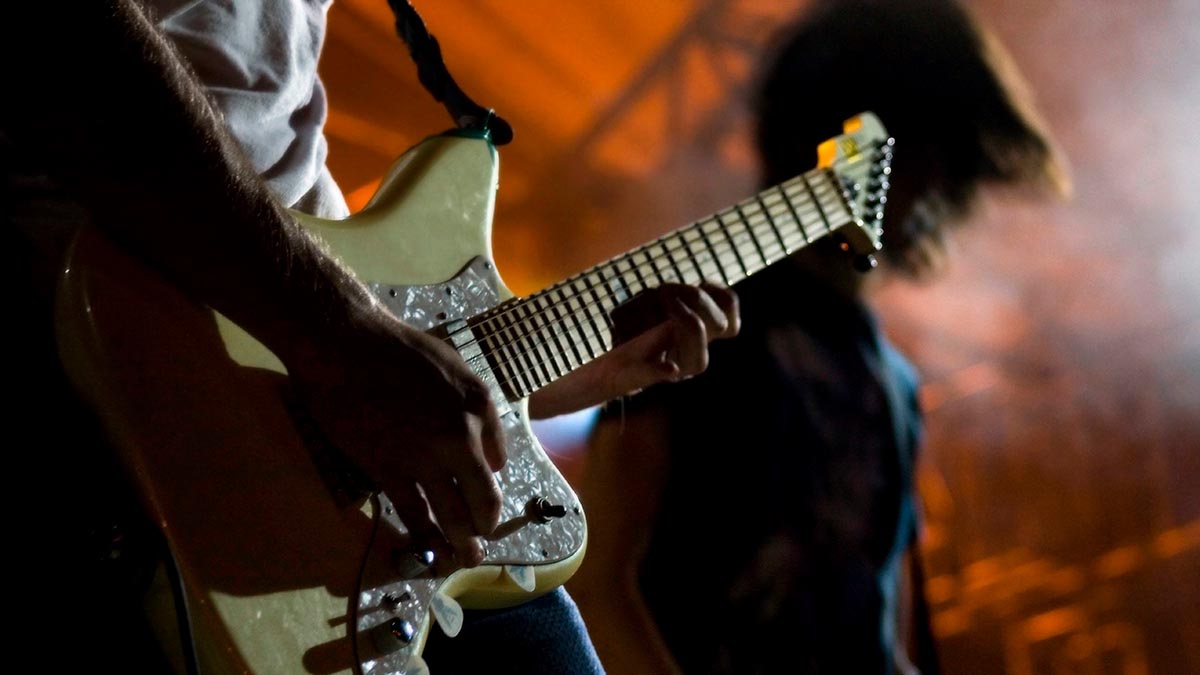
DON'T: Waste time
Quite often there’ll be a number of performers wanting to take the stage, and this means you need to be ready when it’s your turn. If you are just plugging your acoustic into the backline or PA that’s provided then find a place to get tuned up 10 minutes before.
Have any setlists, chord charts, lyrics ready, in the order you need them (put them in a ring binder if they’re crucial). The same goes for pedals – if you’re using a looper pedal or any other effects then be prepared so you can change-round quickly and keep the flow of the evening going.
DO: B-Y-O necessities
That power-hungry delay/looper that forms the cornerstone of your set? You’ll need your power supply. Playing slide on a song? Don’t forget to pack it. Worked out an awesome Talk Box part? You get the point... If there is anything unusual about the gear that you need, check and double check that you’ve packed it rather than assuming there will be spare, niche items for you to borrow.
The same goes for things such as adaptors and cables for plugging in your phone if you’re using backing tracks. It’s better to carry a few more items than end up disappointed because you can’t play your music in the way you’d like.

DON’T: Annoy the sound engineer
Nothing irks a sound engineer (or an audience) more than surprises, particularly loud ones that hurt their ears or worse, damage their equipment. When it’s time to plug in/unplug, make sure the volume of the amp or PA is turned down.
If you’re soundchecking, set your volumes to appropriate levels so you don’t create crazy feedback as soon as you plug in. If you can’t hear your voice or guitar properly, just ask politely. This is your local, not Wembley (even if it’s a local in Wembley), and if you lose the crowd before you’ve played a note, you’ll have to work harder to get them back.
DO: Bring a tuner
You’re going to need a tuner, simple as that. While you might think you come off with the air of a troubadour who’s about to drop an enchanting tale of grizzled road life as you pluck those harmonics, you don’t. Plus, if the bar staff have to hear that irritating sound of ‘almost-but-not-quite’ double-plucked strings once more, there’s no telling how they’ll exact their revenge on your pint. Use a guitar tuner, either plugged in or clip-on and we guarantee you’ll sound better for it.
DO: Have fun!
Relax, try not to let your nerves get the better of you and be yourself while playing or talking between songs. By all means have a nerve-steadying drink beforehand, but don’t get carried away (at least until after you’ve played).
4. Small venue gigs
From kit shares to volume constraints, small-venue gigs are all about organisation.
Talk to the promoter
It’s important to get as much information from whoever is putting on the gig ahead of time. If it’s a single-band pub gig, that’s most likely going to be the landlord. If it’s a multi-band gig in a music venue, you’ll have been booked by a promoter. Find out what time you need to be there, who is providing the PA, whether or not there’s a sound engineer (in the case of in-house systems) and any other kit-share arrangements.
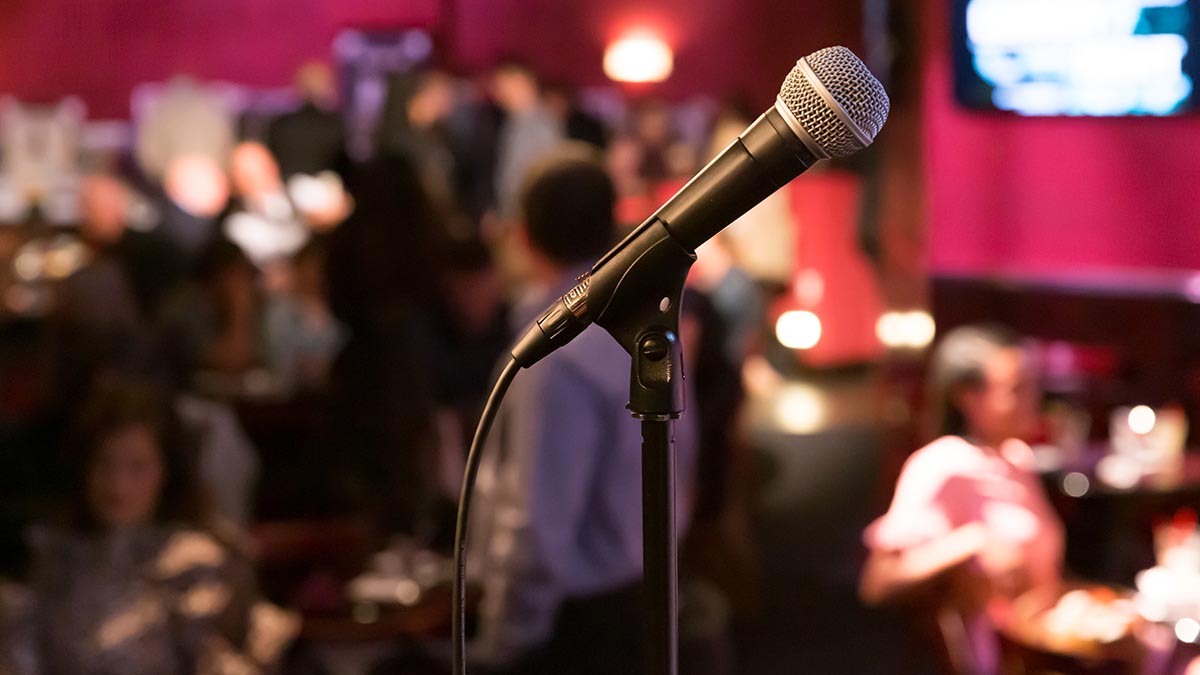
Share, and share-a-mic
If the gig is going to involve a kit share, speak to the other bands before the day if possible. Four sets of backline with three tight changeovers is a recipe for chaos, lost or broken gear, and can really slow down the entertainment.
Be open to sharing your gear, and equally the possibility having to use an unfamiliar amp, but most importantly, find out exactly what parts of your rig you’re required to bring, otherwise you could end up going from too much gear on stage, to not enough!
Beware, limiter!
A lot of venues – particularly if there are residential properties nearby – have noise limiters fitted. These devices monitor the sound levels giving you an indication of what’s an acceptable volume via a ‘traffic light’ system.
Once the volume passes the threshold it’s been set at, the limiter will brutally kill the power on stage, throwing your gig into jeopardy, or more seriously, risking damage to your gear.
Ironically, it’s the lead-footed heavy hitter sat behind you whose gear isn’t plugged in who’s most likely to trigger the limiter, so make sure your drummer can play quietly, and if necessary give them some brushes or rods to play with.
5. Outdoor marquee/larger stages
It’s the season for outdoor gigs, here’s how to make yours go smoothly.
Electric performance
If you’re performing at a wedding or similar function band, it’s quite possible you’ll find yourself in a marquee at some point. Similar considerations to other gigs apply, but it’s worth making sure you’re armed with more than enough extension cables and sockets to power your gear. Make sure you don’t exceed the power rating for each one (they should have an indication), and check the combined current draw of all of your equipment.
Safety
You might not be entirely outside, but performing in a marquee could mean you’re more exposed to the elements than usual – this includes mud, water and lots of other things that don’t mix well with your gear or electricity. Bring stands for your guitars, fix cables down with gaffa tape, and try and make sure that all of your electric sockets are positioned safely above ground to avoid any potential hazards.
That’s entertainment
At a function gig, you are likely to be the sole or main entertainment for the evening. With that in mind it’s a good idea to know exactly what is expected of you long before it comes to the gig. How many sets are needed, and how long? Will you need to provide lighting? Is there a DJ, and if so, do they have their own PA system?
If not, are the hosts going to want to use yours to play music through during breaks/after you’ve played? It’s really easy to bring the cables and adaptors required for plugging-in a phone or other device, so get hold of the things you need.
Raise me up
You’re playing in a tent. That means it might not have a ‘real’ stage for you to perform on, meaning that you and your gear will be at the same height as the punters. It also means that your amp will be pointing directly at the crowd’s ankles. Be prepared to get it off the ground using a chair, table, flightcase or anything else you can think of, or, consider using an amp stand. Not only will it help with the sound, but it means your amp won’t be sat on the damp ground either!
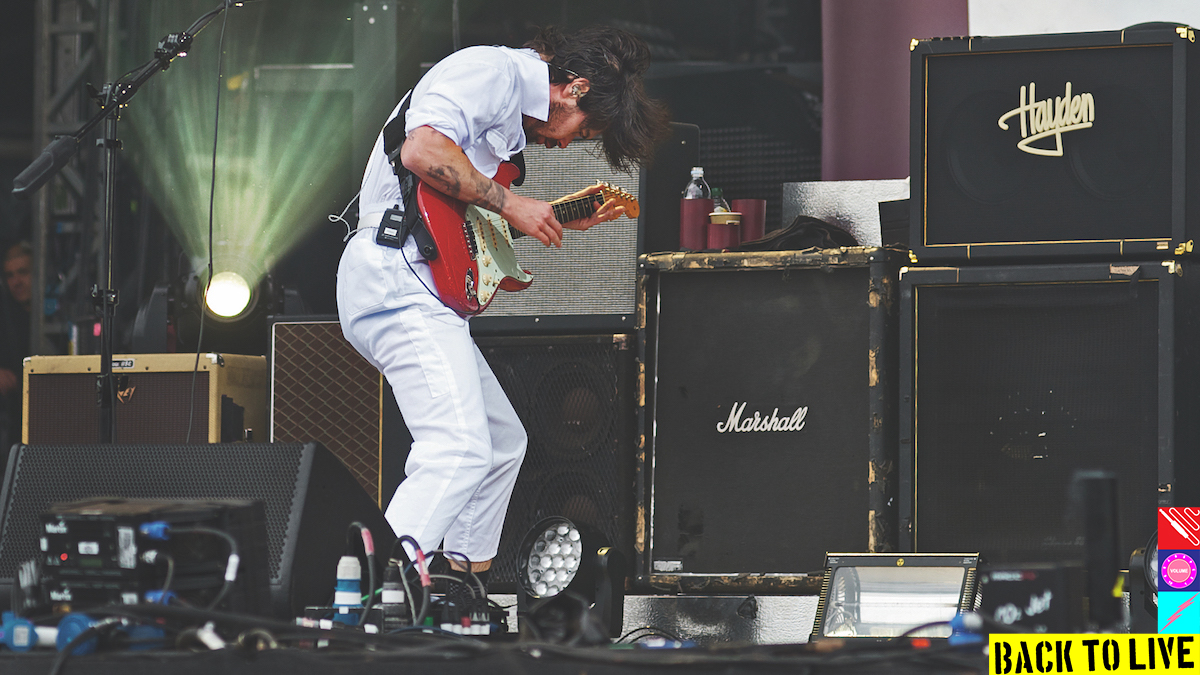
Consider wireless
Hang on, are we in Bon Jovi? Even if you don’t have a 30-foot ego run to play on, wireless systems can be your friend on a small stage too, avoiding the tendency for cables to wrap you up as soon as you turn your back, making a cramped stage safer and easier to navigate.
Modern systems mean that there’s no danger of drop-outs or picking up the taxi driver who’s waiting outside either, plus it gives you complete freedom for checking the sound out-front if you’re sans engineer, as well as making your way to the desk if you need to adjust anything.
Hear, hear!
You might wonder why, in a small venue where you can’t get your amp above ‘3’ you’d have any need for monitors. Well, if you’ve set your PA up to minimise potential feedback, you’ll probably be stood behind the speakers. That means all those vocal cues you rely on throughout the set might be inaudible once you start performing, particularly if you’re stood with your head near a crash cymbal.
In-ear monitors are a lightweight, affordable and arguably more effective way of hearing whatever is running through the PA than using bulky wedge monitors. Most PA systems have at least one monitor mix bus, so you can at least feed some vocals back into your ears.
Finally, gig-bag essentials
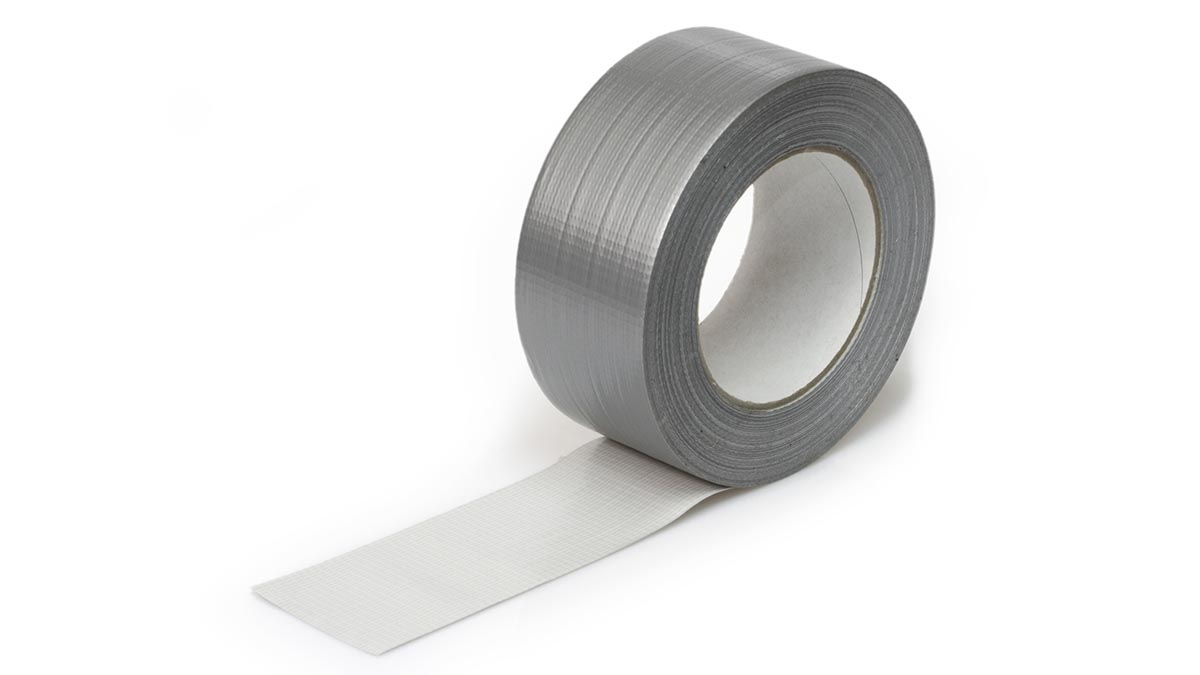
Avoid emergencies with these problem solvers.
Gaffa tape
Use it for everything, from attaching picks to your mic stand, fixing down cables, keeping your set list in place, minor repairs to stands. A roll of Gaffa tape - the webbed kind allows you to rip it without scissors – is a do-it-all life saver in a live environment.
Torch
If you’ve ever found yourself trying to work out a problem with your rig on a dark stage, you’ll know the importance of a torch. Yes, you can use your phone, but as always, having a dedicated solution is preferable.
Strings
You’re going to break your strings, and you can bet the farm that it’ll be during a gig. Keep plenty of spares, particularly for the higher three, and even if your spare guitar – you remembered a spare, right? – fails, you’ll be able to sort it out ASAP. The same applies to cables and batteries.
Guitar tools
We’re not suggesting you bring a tech workstation and offer setups during the break, but at least have the correct screwdrivers, spanner/pliers and Allen keys required for your guitar in case something comes loose. A dedicated guitar tool will get you out of the danger zone for most problems.
Marker pen
Buy marker pens and keep them in multiple gear cases. That way you can definitely write out your set list, but also when your singer decides you need to drop a song, change a key or add in a last minute arrangement change you can make a note of it. Of course, you’ll need some paper to write on too...
Adaptors
Wouldn’t it be great if everything was compatible with everything else? From headphone sockets to auxiliary inputs, you’ll quickly amass a collection of adaptors and cables, and even if you don’t think you’ll need them, not having them can scupper an important connection. So keep those mini- jack-Jack plugs, iPhone headphone cables, XLR-Jack converters and anything else handy.

Stuart has been working for guitar publications since 2008, beginning his career as Reviews Editor for Total Guitar before becoming Editor for six years. During this time, he and the team brought the magazine into the modern age with digital editions, a Youtube channel and the Apple chart-bothering Total Guitar Podcast. Stuart has also served as a freelance writer for Guitar World, Guitarist and MusicRadar reviewing hundreds of products spanning everything from acoustic guitars to valve amps, modelers and plugins. When not spouting his opinions on the best new gear, Stuart has been reminded on many occasions that the 'never meet your heroes' rule is entirely wrong, clocking-up interviews with the likes of Eddie Van Halen, Foo Fighters, Green Day and many, many more. If he's not playing the guitar, you'll likely find Stuart behind the kit playing Valerie to newlyweds.
